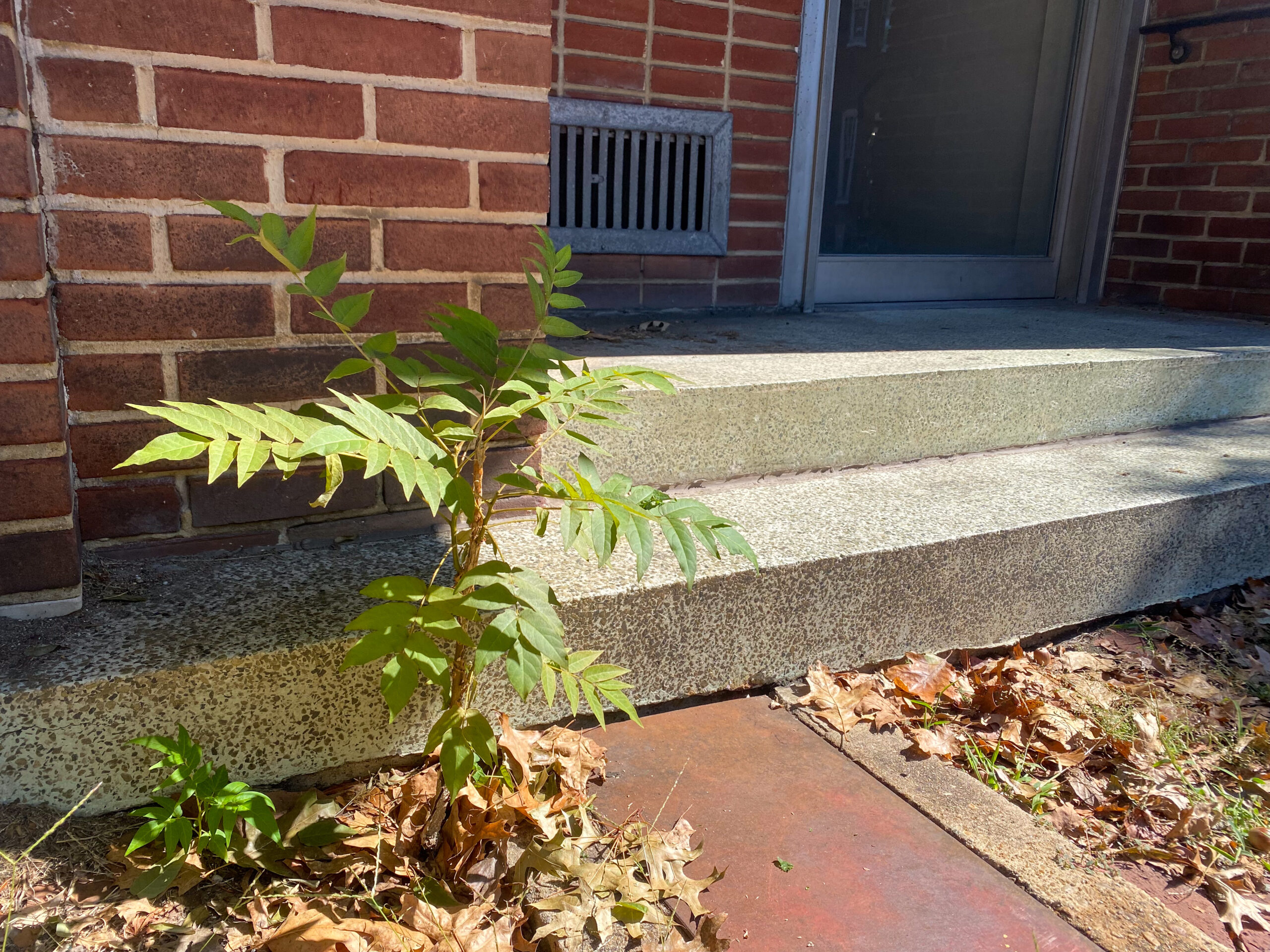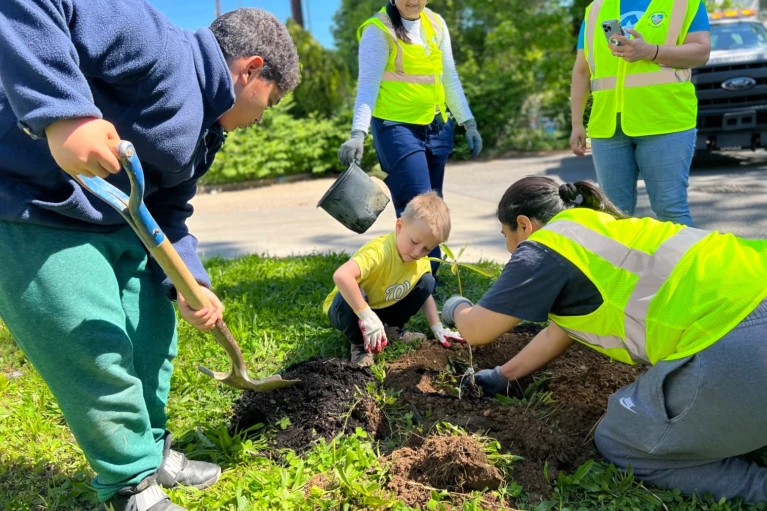Hellish ‘tree of heaven’ weeds out native plants

By Cecelia Shilling
As the invasive spotted lanternfly continues to spread nationwide, its proliferation has highlighted an even more worrisome invasive species: the prolific “stinking sumac,” or tree of heaven.
National Geographic referred to the tree of heaven as the “hellish invasive species” in 2021. It is a fast-growing deciduous tree that provides food for the spotted lanternfly, kills native plants and can cause severe damage to infrastructure.
Since its introduction in Pennsylvania in the 1700s, the tree has been reported as invasive in at least 30 states, according to the California Department of Fish and Wildlife.
The tree, native to China and Taiwan, was commonly sold in nurseries by the 1840s, the California agency said. Across the country, Chinese immigrants brought the tree to California during the gold rush in the mid-1800s, The U.S. Forest Service said.
“We have invasive plants from all over,” said Mikaela Boley, University of Maryland Extension principal agent associate. “They come to the United States or they come to an area they don’t belong necessarily, and because they don’t have any natural predators or competition, some of their growing habits make them able to proliferate very easily.”
The tree of heaven is often mistaken for native trees like the black walnut, but can be identified by its leaves and strange odor.
“The best way to identify it is by the foliage. It has very large compound leaves.” said Christa Carignan, coordinator of digital horticulture education for the University of Maryland Extension. “They basically look like a giant feather. There’s this central stalk in the leaf, and then it has leaflets coming off of that central stalk. So it might have anywhere from 11 to 25 leaflets on a single leaf.”
Flowers or damaged foliage may smell like “peanut butter that has gone bad,” she said, and can be an effective way of identifying the trees.
The biggest problem caused by the plant is how fast and aggressively it grows, threatening the habitat of native trees and wildlife, Carignan continued.
The tree of heaven is allelopathic, which means it introduces deadly chemicals into the soil to effectively kill competing plants, but is also a high seed-producer that can withstand harsh growing conditions. The tree can also cause severe damage to sidewalks and building foundations, according to the Purdue Landscape Report.
“This particular species is really good in urban environments,” Boley said. “They’ll grow in a crack in the concrete. So they’re very strategic about how they grow and unfortunately, they also happen to be the one of the preferred hosts for spotted lanternflies, which is another invasive species,” Boley continued.
Spanning 14 states since the insect was first found in the U.S. in 2014, including Maryland, the spotted lanternfly poses a threat to native plants and fruit crops like grapes. The Maryland Department of Agriculture says to squash and report the fly.
Sudlersville farmer Jennie Schmidt has seen hundreds of spotted lanternflies in her buffer area between acres, where multiple trees of heaven grow, she said.
“What I’m looking at right now are actually two really small sapling trees of heaven that I sprayed with herbicides to kill,” Schmidt explained, walking through her buffer area. “And so I came up here just to see how they look and, even though they’re dead, they’re absolutely covered in lanternflies.”
The best way to kill adult trees of heaven is to use the “hack and squirt” method, Boley advised.
“You literally chop into the bark of the tree near the base, and then you squirt a herbicide that’s rated for trees into those wounds and that should effectively kill without having to chop them down,” she explained.
Herbicides are needed to effectively kill the tree’s root system and can be applied directly to smaller sprouts, Carignan said. Chopping down adult trees without this treatment could cause the root system to expand.
The University of Maryland Extension recommends removing any trees of heaven to help control the spotted lanternfly population, but emphasizes the importance of correct identification.



